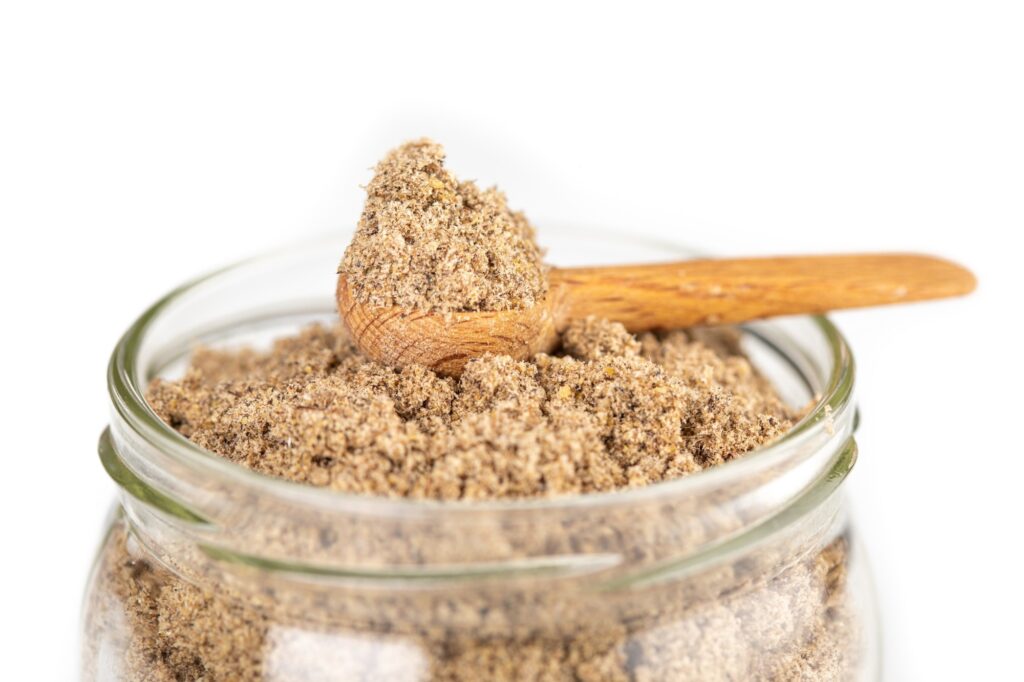
In a groundbreaking development, researchers have discovered that adding cricket flour to pasta can significantly enhance its nutritional profile, offering a sustainable and eco-friendly protein source without compromising taste or safety. This innovative approach could revolutionize how we perceive everyday foods, turning them into nutritional powerhouses.
A recent study published in the journal Foods delves into the potential of cricket flour as a sustainable food source. The study, titled “Cricket Flour for a Sustainable Pasta: Increasing the Nutritional Profile with a Safe Supplement,” evaluates the nutritional benefits of cricket flour and its viability as a food supplement.
Perception and Reality of Insect-Based Foods
Insects, including crickets, are rich in high-quality proteins, beneficial fatty acids, vitamins, fiber, and essential minerals like zinc, iron, and selenium. These attributes make them a promising nutrient source to combat malnutrition. Moreover, insect farming poses a lower risk of zoonotic disease transmission, emits fewer greenhouse gases, and requires significantly less water and space compared to traditional livestock farming.
While insects have been traditionally consumed in many parts of Asia, Africa, and Latin America, they face cultural resistance in Western countries. This resistance is primarily due to unfamiliarity and a fear of novelty, known as neophobia. Despite this, insect-based products are highly regulated in Europe and require authorization before commercialization.
Previous studies have highlighted the nutritional benefits and safety of cricket flour, particularly in enhancing the flavor and aroma of baked goods, which improves consumer acceptance. Scientists suggest that incorporating insect-based ingredients into traditional foods could facilitate their gradual integration into Western diets.
About the Study
The study employed a plastic extruder and distilled water to produce lab-made cricket pasta, ensuring pure nutritional comparisons with traditional wheat pasta. The research focused on a commercial mixture of durum wheat and cricket flour, containing 10% cricket flour, with wheat flour as a reference and wheat pasta as a control.
Protein, fatty acid, and mineral contents, including iron, copper, zinc, sodium, potassium, calcium, and magnesium, were analyzed using standard procedures. The researchers also assessed chitin content—a fiber with potential prebiotic benefits—and checked for total petroleum hydrocarbons (TPH) and polycyclic aromatic hydrocarbons (PAHs) to ensure safety.
Study Findings
The study revealed that cricket flour has a significantly higher nutritional profile than wheat flour. The ash content in cricket flour constituted 4.2% of the dry sample weight, and its moisture content was lower than that of the control pasta, indicating better stability and functionality during storage.
Statistical tests showed that cricket flour’s amino acids far outpaced wheat, with phenylalanine levels 13 times higher, confirming its superior protein quality.
The iron content in cricket flour was found to be 10.8 mg/100 g, nearly ten times higher than wheat flour. Similar trends were observed for zinc and copper, with cricket flour containing significantly higher amounts of these minerals.
Despite its high mineral content, the study notes that consuming cricket flour alone to meet full daily nutrient intake would require impractically large amounts. Instead, it is best used as a complementary dietary source.
Cricket flour contained 11% total fat, with a balanced profile of saturated, polyunsaturated, and monounsaturated fatty acids, contributing to 23% of the energy from metabolizing fats.
Importantly, cricket flour was found to have low carcinogenic risk from trace PAHs, significantly lower than levels found in everyday foods like smoked fish or grilled meats. The study confirmed that cricket flour is safe for human consumption.
Conclusions and Future Implications
The study concludes that cricket flour offers a higher concentration of protein and essential minerals compared to commercially available wheat flour. Adding 10% cricket flour to wheat pasta can substantially improve its nutritional profile, making it a viable option for enhancing nutrient intake without overwhelming sensory or cultural barriers.
Experts suggest that consumer acceptance and gradual introduction, supported by clear communication of nutritional benefits, will be crucial for the wider adoption of cricket flour in traditional foods. This integration could pave the way for more sustainable and nutritious dietary options, aligning with global efforts to address food security and environmental sustainability.
As the world seeks innovative solutions to meet growing nutritional demands sustainably, cricket flour represents a promising frontier in food technology. Its potential to transform everyday foods into nutritional powerhouses could redefine dietary habits and contribute to a more sustainable future.





